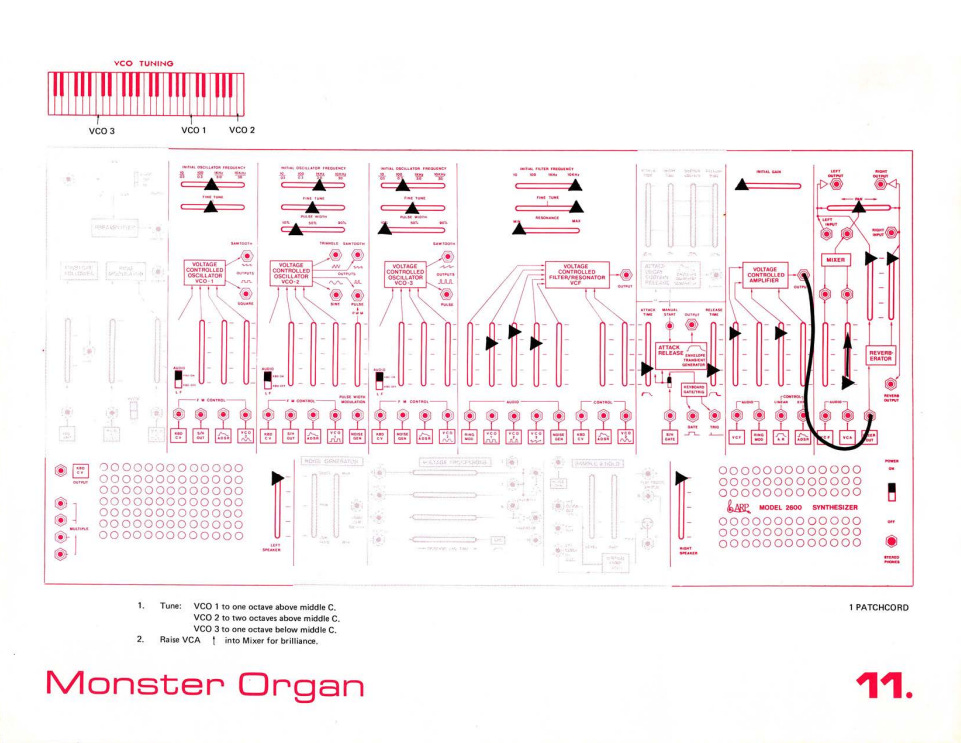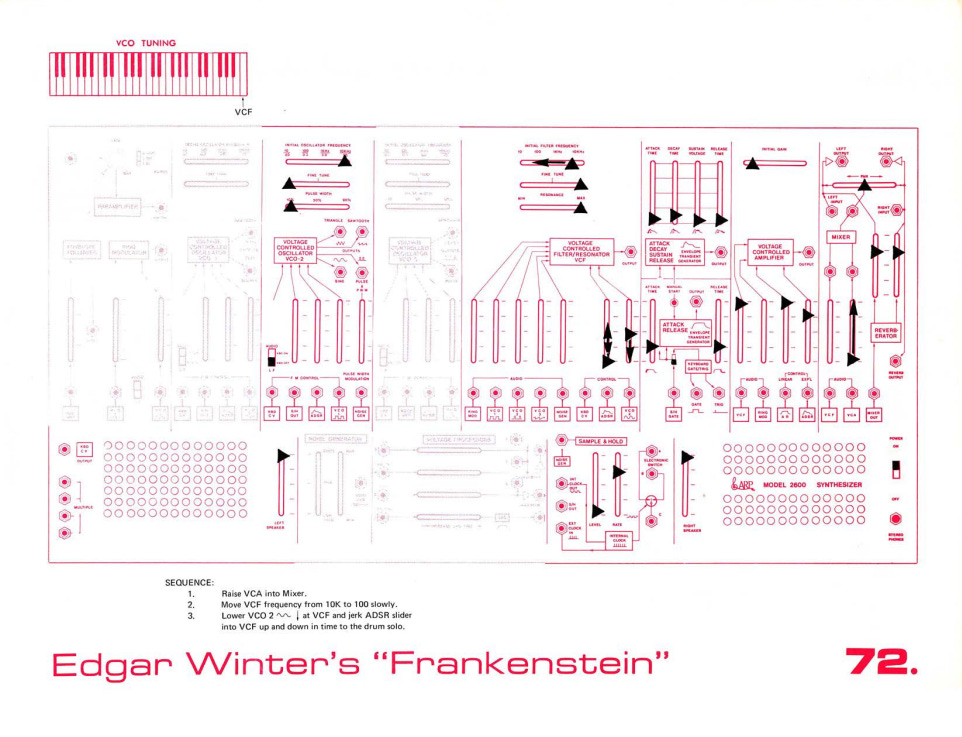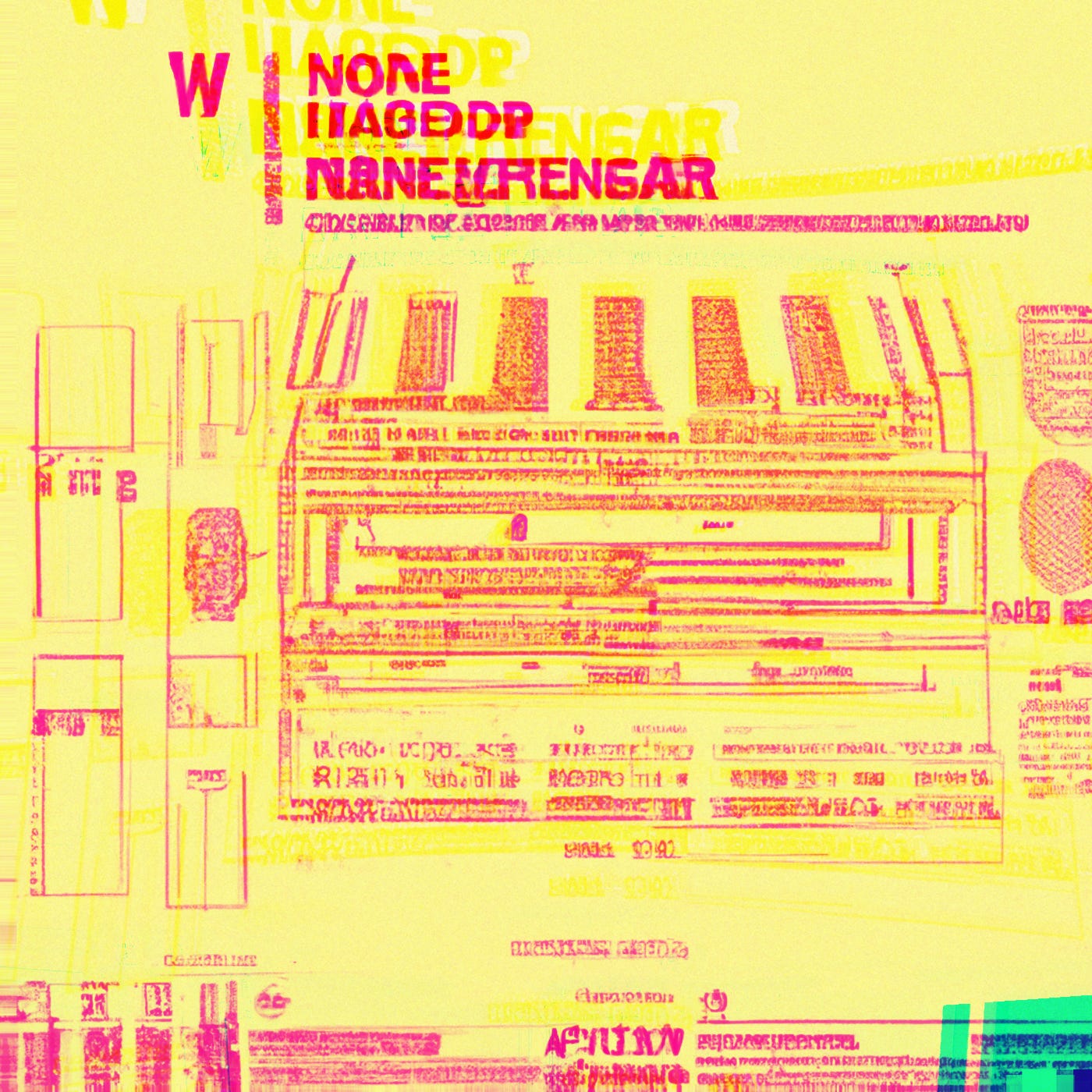Behind the real life tones There’s a vulnerable soul. He keeps dancing to the red song. He keeps dancing to the red song. Bottled houses and the high rise home Feeling the levers in the automated poem. Lying on the floor is a burning coal And it's a definite hit when it hits you in your soul. Running systems, then I’ll be right back- All I wanna feel is the feeling that I lack. I got a beat on the red song And it's a definite hit when it hits you in your soul. There's the erasure of my corduroys. There's the erasure of my real life voice. There’s the erasure of my Rolls Royce. There’s the erasure of my Rolls Royce. We’ll come together when they comb our tomes. We'll come together when the feeling gets slow. Don’t think I’ll ever let it go, It's a definite hit that’s absolutely unknown. It's an absolute hit, never let it out. It's an absolute hit, definitely unknown.
Hit play…
What’s the idea? (Art Corner)
How many of us are living alternative histories to more interesting stories that are happening now in a perhaps more interesting alternate universe? Who are the remnants of the side-stories in all of those multi-verse movies and shows? Well, I suppose those side stories could be focal points of less interesting universes—and if so, then I suppose the people living in those alternate universes wouldn’t know about realities with more interesting story lines. Furthermore, who’s to say which story line in which universe is better? This is subjective and it probably depends on the universe in which you are living.
There is enough space in this universe and the next for our individual aspirations to be sensational. Or, at least we can choose to be the leads, the protagonists, the straws that stir the drink in life’s concoction, or whatever you want to call it. And that doesn’t have to be cheesy or inspirational—I believe it is factual. Even if our actions are not particularly recognized or revered, our attempts at creativity, our failures, and our follies of any sort, are the kinetic actions that make life interesting. That is what this song is about.
This song is for all of the hitmakers out there.
I know there are many. Many of which will never be heard by a broad audience. There are countless numbers of hits being offered into the ether as I write. Just now; a thousand more. This isn’t even counting all of the math rock, noise, industrial, thrash metal, ambient, horrorcore, etc., that isn’t intended for radio and mass consumption. I’m only talking about stone cold classic jams, my friends. A million more hits have been uploaded since I started drafting this communication. And the hits won’t stop. That’s because of all the hitmakers—like you—are out there doing yeoman’s work…just making fuckin’ hits.
Well, this one’s for you, lawyers commuting hours a day for rock and roll. Programmers staying up late at night to work out jams. Teachers geeking out over new amps. Stylists plotting their next groove. Students finding time between classes to write poetry. Mothers writing during nap time. Librarians filing away melodies. Managers managing to practice on the weekends. Grandparents playing piano. Artists making it work somehow. Partners helping them do it. Basement and attic dwellers stomping on stomp boxes. Wives painting at their desks on breaks. Fathers typing in the wind. Children laughing and learning while we all create, regardless of outcome or revenue or praise or shame. This is how we learn from each other and this song is for you.
How did I make it? (Gear Corner)
Do we really have to debase what I just wrote by talking about gear? Yes? Ok.
This is the song I’ve been trying to make before getting pulled into variations and tangents. It took a little doing, but I got there. If you’ve been reading closely, you may have noticed that I’ve been (not so subtlety) teasing this song. This is the payoff that you’ve been waiting for and I do hope that it meets your satisfaction.
CUT THE CRAP- LET’S TALK GEAR!
Ok, settle down.
The previous episode has the exact same bass progression that serves as the foundation for this song. I didn’t want the same organ sound on this track but I wasn’t sure how to dial up an organ sound on the 2600—so I ended up going to the original 2600 patch book (very much googleable).
Starting with the Monster Organ from the patch book (shown below) I made a few adjustments to get the organs that you hear in Absolute Hit. It is repeated in three different octaves in three separate layers that come in and out here and there. This patch is also the basis for the synth leads and solos but with more vibrancy and distinction. This was accomplished by putting more VCA into the mixer per the instructions below.
Funny enough, one thing that was appealing to me about the 2600 is its use by Edgar Winter in Frankenstein. And that sound is in the book!
I had this notion that Monster Organ and Frankenstein were the same thing because someone was exceedingly clever. Nope.
Vocal Production
In Episode II I may have gone on a rant about how pristine production and striving for perfection gets away from meaning, etc. The truth is, I’m jealous of people that can sing, play their instruments with virtuosity, and generally those that are talented, smart, good looking and good at things. So, one way of dealing with this jealousy is by acting as if I am doing something with deeper meaning or greater artistic value. I apologize to all of the virtuosos out there—I want to be like you. Luckily, now I have computers to help keep me on-time and in tune, along with algorithms that contribute meaningfully to developing my sound. I don’t need anyone now! And you suckers spent all that time practicing.
My vocal production is definitely a spiritual journey. I’m having to deal with the part of my musicianship for which I feel most trepidation and anxiety: vocals. Do I use auto-tune? You bet. Specifically, Waves Tune Real-Time. Unfortunately, tuning doesn’t improve the timber and tone of your voice. I add decent amounts of effects— reverb, delay, phasers, what have you—to get a palatable tone based on the vocal performance. Hopefully, I’m combining the various effects in a subtle way to keep the performance in tact. My go to vocal recording technique lately is to sing into an SM57 sitting down in front of my computer. I put a bit more of the old human effort into the vocals for this song. The pitch and tone needed to be a bit outside of my range, so it took a number of takes and revisions to get it in the vicinity.
To give you an idea of how basic my set-up is…I am running everything into an Allen & Heath Zed14 mixer which goes stereo out to a PreSonus Audio Box USB interface and into Ableton. This basic set-up likely equates for some of the the dirt and noise. Let’s just call it charm. For this track, I also ran a line out into the 2600 as an experimentation. Each vocal track has two inputs: one from the mic going into the mixer and one from the mic going out of the mixer, through the the 2600 and back into the mixer. Well, when you write it down, it does sounds sort of ridiculous, but it’s not. This accounts for the spacey reverb that you hear reflecting at the end of vocal lines. I think this has the effect of pushing the vocals out by using noise to separate the vocals from the music. Maybe? I also tried out a new plug-in that was available to me via Landr Studio: Vocalign Project 5. I don’t understand it other than it aligns multiple vocal takes with fancy software, but I like the results.
When you think about it, I’m using an insane amount of technology to get my voice in a box and to you. However, it is all very basic and available without exorbitant costs, which is why everyone with the inclination and means to record themselves should do it. At minimum, you can record on cell phone apps. Or microcassette.
Well, that’s probably enough gear/spiritual journey talk for now. That’s right, I tricked you into talking about a spiritual journey when you wanted the straightforward tech talk without elaborations.
YOU WHAT?!
Until the next episode friends…
RS







